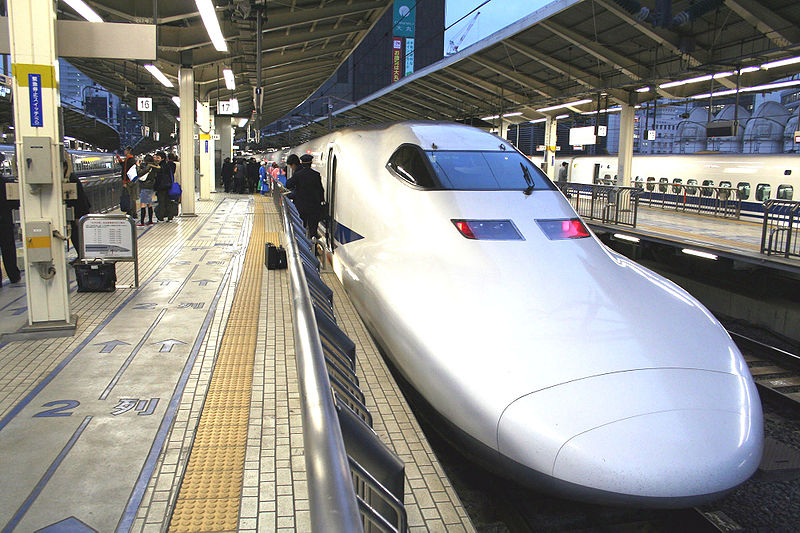Windows that prevent bird collisions by mimicking the UV-reflective qualities of spider webs; a train that travels faster, uses less energy and makes less noise after it was redesigned to resemble a bird’s beak; highly efficient wind turbine blades that mimic the bumpy edges of a whale’s flippers.
These are just three of countless examples of biomimicry – technologies inspired by forms, processes and systems found in nature. The discipline is no longer just an academic exercise. It has become an innovation tool that allows companies to develop a new class of products and services.
As I pointed out in my previous column, biomimicry is transforming the ways we design, produce, transport and distribute goods and services; and more and more companies are approaching Mother Nature for innovative ideas to help solve complex human problems.
Read more about biomimicry and how it can streamline your business for innovation here.

